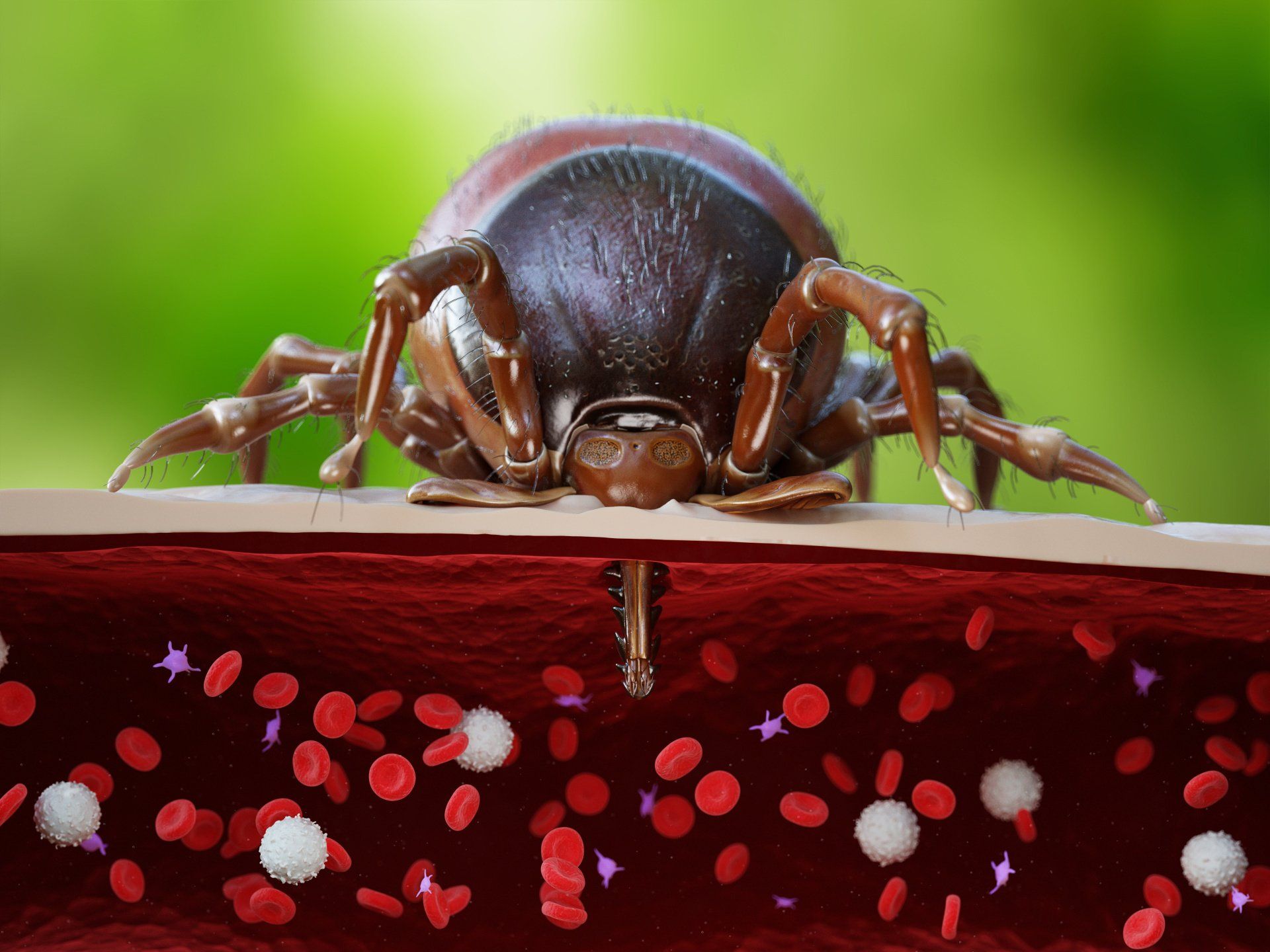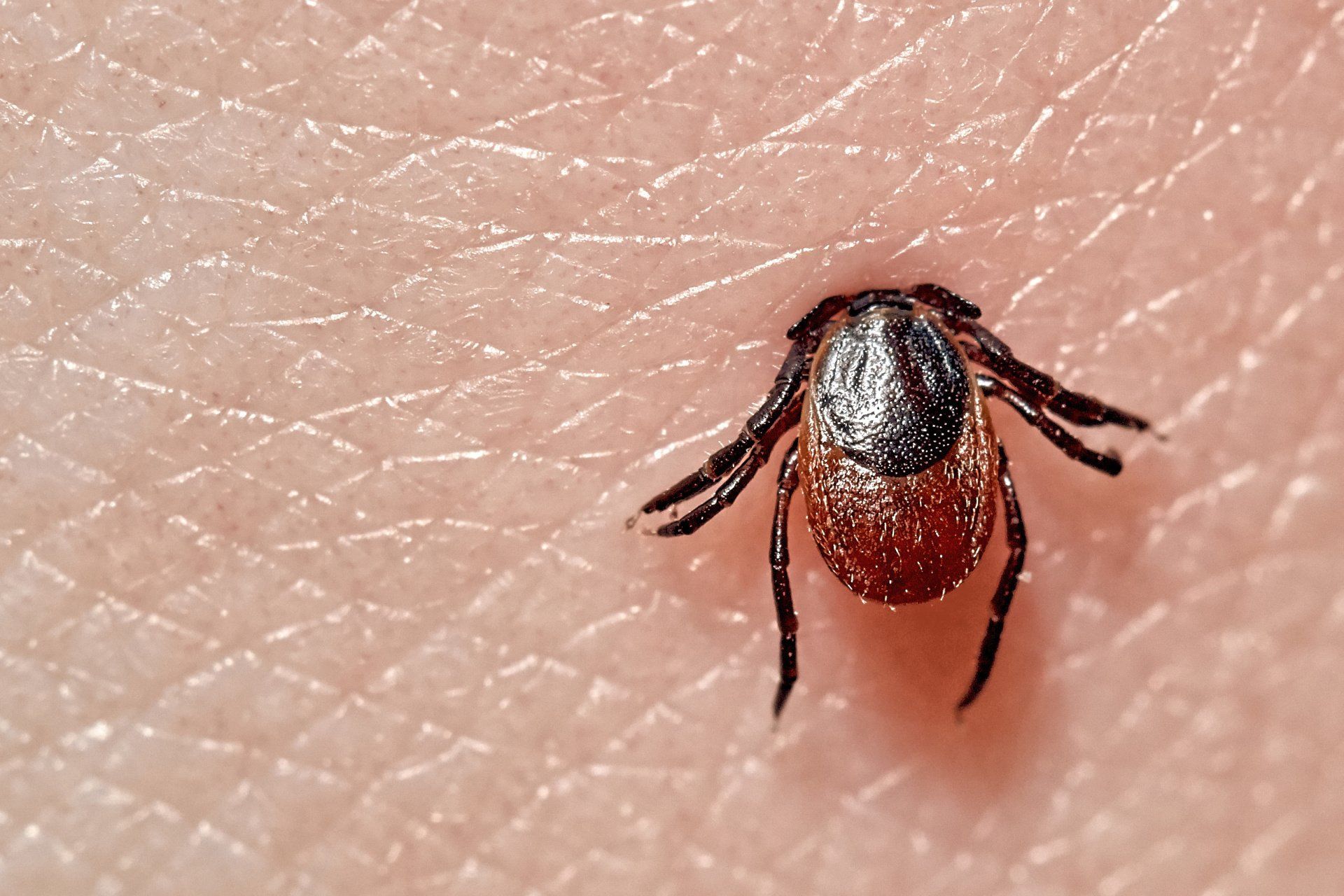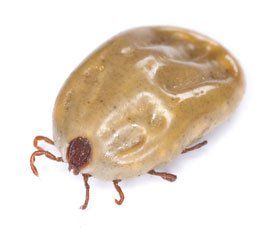Tick Control in Sacramento
Ticks are a common bloodsucking pest that will bite and feed on humans, dogs, cats, and almost any other warm-blooded animal. They present a direct threat to humans because they are carriers of harmful blood borne diseases like Lyme disease which can cause long lasting effects that are resistant to treatment. If you or your pet have been bitten by ticks or you suspect ticks to be on your property, it is critical to have your property treated by professionals who know how to eradicate ticks.
Tick Exterminators
All in One Pest Control has a team of experienced pest control experts who know where to find ticks and how to treat them effectively, so their populations disappear. We utilize an integrated pest management approach that leverages the benefits of different treatment strategies to provide the maximum efficacy when treating for ticks. Ticks will rarely be found inside unless they were introduced by a pet, but most ticks will stay attached to their host until removed. That being said, there may be tick eggs that may end up in areas where your pets sleep if ticks are left untreated for some time.
Immediate Tick Control
Tick Treatment
Tick treatment requires a multistage approach that requires several treatments to ensure that ticks are completely exterminated.
Inspection: Before treatment can be applied, an experienced tick control expert will need to conduct a thorough inspection to find where ticks are most likely to be active.
Outside pesticide spray and fogging: Once problematic areas are identified, they will be targeted with a pesticide using sprays and foggers. The spray will saturate the ground and surfaces where ticks may be hiding while foggers are used to permeate dense foliage. This allows a mist of pesticide to move into an area and coat all surfaces for maximum effectiveness.
Return treatments: The initial pesticide application will target adult ticks but another treatment in the following weeks will ensure that any ticks that hatched between the previous treatment and now will also be targeted and killed. This on-going maintenance will also help target any new ticks that are introduced by animals or pets.
Tick Behavior
Ticks are small bloodsucking pests that become engorged after a blood meal. They are found outdoors in most environments and will latch onto a pet as they pass by and disturb an area with high tick activity. Once they manage to attach themselves to a host’s fur, they will move closer to the skin and bury their heads inside of the body to feed. It is not recommended that you pull a tick off without the proper tools, otherwise the head may separate and become lodged inside the skin of its host and cause an infection.
Are Ticks Dangerous?
In addition to the risk of infection, ticks are carriers of several blood borne diseases that are harmful to humans. Ticks are notorious for being carriers of Lyme disease which can cause severe long-lasting effects, but they also carry other diseases like rocky mountain fever, human ehrlichiosis, and several other harmful diseases. Ticks on humans are usually caught early because having no fur to hide in makes detection easy. That being said, some wild animals will become infested with ticks which can cause severe problems for wild animals that have no way to shed these parasitic pests. There have been instances of tick populations becoming so bad on a host eventually dies from a combination of being drained of blood and infections caused by scratching which results in open wounds.
Where Will I Find Ticks?
Ticks can be found in just about any outdoor environment from densely wooded forests to tall grass and well-kept lawns. They are a persistent pest that will hide in tall grasses and then latch onto the fur or clothing of a potential host as they pass by. They are also found on tree branches, in shrubs, on foliage, and are pretty much ready to fall onto an unsuspecting victim when they are disturbed. Since they are found just about anywhere, ticks can be out on hiking trails, dog parks, camp sites, and other outdoor venues with enough coverage for them to hide. They generally are not found inside unless ticks manage to lay eggs after it has been brought inside by a host. In these instances, tick eggs and larvae will be found near pets bedding or anywhere the pet sleeps.
How to Prevent Ticks
Preventing ticks basically comes down to minimizing areas for them to hide. Normally pest prevention requires removing food and other resources a bug needs to survive but since they feed on blood it is hard to remove pets and family from a home. Instead, prevention strategies focus on removing potential harborage areas. This typically requires:
- Removing tall grass: Ticks prefer shade and will use dense vegetation as coverage to reach the legs of passerbys. By trimming grass and keeping it short, you can minimize the potential of ticks as well as exposing as much of the grass to the sun to keep tick populations hidden.
- Removing debris: Ticks are frequently found in debris and other organic matter like leaves, branches, etc. By eliminating these from your landscape, you can minimize the potential for ticks altogether.
- Cutting back branches: Ticks are found in the bark of trees and are waiting to fall on unsuspecting hosts. By cutting back branches, you can minimize the potential for ticks by allowing sunlight into where the ticks may be hiding.
In addition to removing harborage points, the following practices can also help prevent tick infestations:
- Adjust clothing when working outside to full coverage with light colors. The full coverage will prevent ticks from biting and the light colors will make it easy to identify the tick.
- Use pesticides as a treatment option to target areas that show signs of tick activity. This includes using pesticide sprays and foggers to cover every surface with pesticides.
- Regular pet inspections are critical to ensuring the safety of your pets as well as minimizing the chances of a tick being brought into your home.
- Vacuum regularly to ensure that any tick eggs that have been dropped are collected and thrown away.
Common Types of Ticks
Deer Ticks: These ticks are generally found on the Eastern US coast and as the name implies, they feed on deer. This east coast species is known for spreading Lyme disease.
Brown Dog Ticks: This species is much more common on the west coast and as the name mentions, they feed on dogs. When they feed, they grow significantly due to the amount of blood they consume and store.






